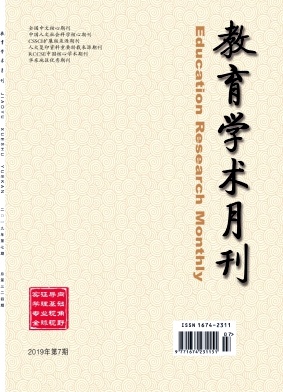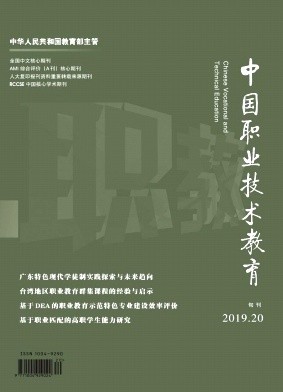摘要 目的报告一种Kümmell病改良分型系统及其临床应用效果。方法基于CT及MRI图像,根据矢状面终板完整性及椎体后壁完整性、椎体压缩程度,提出一种Kümmell病改良分型系统。2011年1月—2018年3月,将该改良分型系统用于评估并指导78例Kümmell病患者的治疗。男13例,女65例;年龄54~85岁,平均69.1岁。病程1~8个月,平均4.0个月。骨密度T值-3.86~-3.34,平均-3.66。骨折节段:胸椎47例,腰椎31例。根据Kümmell病改良分型系统,A1型11例、A2型13例、A3型2例、B1型10例、B2型18例、B3型4例、C1型4例、C2型5例、C3型11例。参照分型结果进行针对性治疗,A、B型患者均选择经皮椎体后凸成形术(percutaneous kyphoplasty,PKP),C型患者选择PKP或后路椎体内固定术。采用疼痛视觉模拟评分(VAS)及Oswestry功能障碍指数(ODI)评估临床疗效;影像学图像上测量椎体前缘、中间及后缘高度以及后凸Cobb角,记录相关并发症发生情况。结果经统计分析,该改良分型系统具有良好一致性。患者术后均获随访,随访时间12~36个月,平均24.3个月。各型患者末次随访时伤椎前缘、中间、后缘高度以及Cobb角、VAS评分和ODI与术前比较,差异均有统计学意义(P<0.05)。术后4例A2型患者出现不同程度椎体高度丢失;2例B2型、3例C1型及2例C2型患者PKP术中出现无症状骨水泥渗漏;2例B3型、3例C2型患者因骨水泥松动行经皮内固定联合伤椎强化处理。结论 Kümmell病改良分型系统可用于指导Kümmell病的治疗,但目前临床应用例数有限,其应用价值有待进一步观察明确。 Objective To report an improved classification system of Kümmell’s disease and its clinical application. Methods based on CT and MRI, an improved classification system of Kümmell’s disease was proposed in terms of the integrity of sagittal endplate, the integrity of posterior wall of vertebral body, and the degree of vertebral compression. Between January 2011 and March 2018, the improved classification system was used to evaluate and guide the treatment of 78 patients with Kümmell’s disease. There were 13 males and 65 females. The mean age was 69.1 years(range, 54-85 years). The mean disease duration was 4.0 months(range, 1-8 months). The mean T value of bone mineral density was-3.66(range,-3.86--3.34).The fractures located at thoracic vertebrae in 47 cases and lumbar vertebrae in 31 cases. According to the modified classification system of Kümmell’s disease, there were 11 cases of type A1, 13 cases of type A2, 2 cases of type A3, 10 cases of type B1, 18 cases of type B2, 4 cases of type B3, 4 cases of type C1, 5 cases of type C2, and 11 cases of type C3. According to the classification results, the patients of types A and B were treated with percutaneous kyphoplasty(PKP), while the patients of type C were treated with PKP or intravertebral fixation according to the degree of vertebral reduction. Visual analogue scale(VAS) score and Oswestry Disability Index(ODI) were used to evaluate clinical efficacy. The heights of the anterior, middle, and posterior edges of the vertebrae and the Cobb angle were measured to evaluate the reduction of the injured vertebrae and the improvement of kyphosis deformity. The complications were recorded. Results The statistical analysis showed that the improved classification system has good consistency. All patients were followed up 12-36 months(mean, 24.3 months). The heights of anterior, middle, and posterior edges of the vertebrae, Cobb angle, VAS score, and ODI of all types of patients at last follow-up showed significant differences when compared with those before o
出处 《中国修复重建外科杂志》 CAS CSCD 北大核心 2021年第4期464-470,共7页 Chinese Journal of Reparative and Reconstructive Surgery
关键词 Kümmell病 改良分型系统 治疗 临床应用 Kümmell’s disease modified classification system treatment clinical application
分类号 R68 [医药卫生—骨科学]




